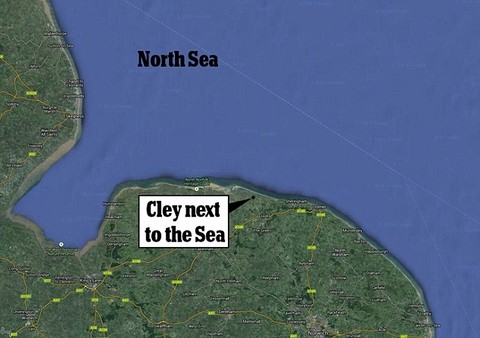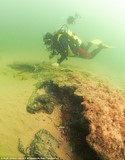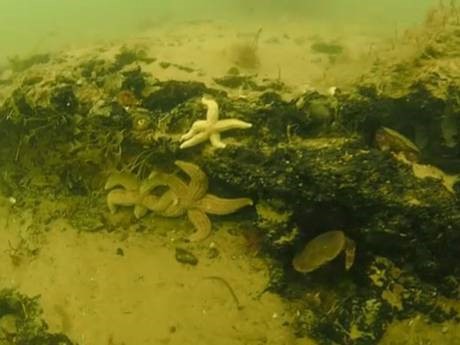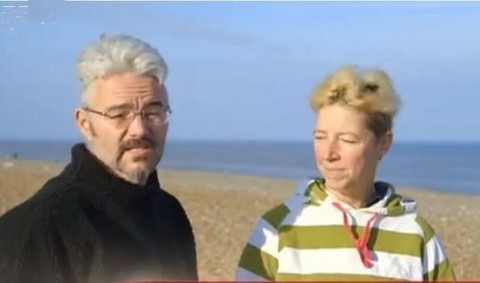Lost forest of Doggerland found by divers under the North Sea
Flattened Tolkien-style oak forest off the coast of East Anglia
Doggerland, the “lost heart of Europe,” was the Mesolithic paradise of hunters and gatherers, a vast plain stretching where is now the North Sea, joining together what are now France, Germany and Britain, all the way up to Denmark, and catastrophically submerged in the tsunami triggered by the Störegga Landslide, ca 8,150 years ago.

On a diving expedition off the village of Cley-next-the-Sea in Norfolk, a British diver, Dawn Watson, who runs a Marine Conservation Society survey program called Seasearch in East Anglia, has discovered the remains of a mighty Doggerland oak forest, most probably flattened by the tsunami, lying on the ocean floor, in shallow waters, less than half a mile off the coast. It is believed that this huge fossil forest was uncovered by the severe storms which scraped the sea bottom in this area in December 2013.
There Dawn Watson saw, to her amazement, whole oak trees with branches up to eight meters long, which looked “like they had been felled at some point.”

“I couldn't believe what I was seeing at first,” she told the Daily Mail.
“The sea was quite rough by the shore so I decided to dive slightly further out and after swimming over 300 meters of sand I found a long blackened ridge.”
'When I looked more closely I realised it was wood and when I swam further along I started finding whole tree trunks with branches on top, which looked like they had been felled."
"At one time it would have been a full-blown Tolkein-style forest, stretching for hundreds of miles," says Rob Spray, who runs Searsearch in East Anglia together with Dawn Watson.
"It would have grown and grown and in those days there would have been no one to fell it so the forest would have been massive."
'It would have looked like a scene from The Hobbit or Lord of the Rings, which is something we don't get in this country anymore. Geologists are very excited about it, it was a really miraculous find."

Dawn Watson and Rob Spray have begun surveying the forest together.
"We plan to do more dives so we can map the forest and get an idea of its size and scale."
The trees are now situated on the ocean bed where they have evolved into a natural reef infused with shoals of colorful fish, a diverse variety of plants, and other forms of marine life.
"It is extremely exciting as it may be hiding lots of undiscovered fossils of mammoths and sea creatures."
The forest bed is at the start of the chalk reef which forms the proposed Cromer Shoal Marine Conservation Zone just to the East.
It is also near the Norfolk Wildlife Trust's Cley Marshes Reserve, which is famous for birdlife.
The area became a popular dive spot for the wildlife on a nearby wreck, the Vera which sank in 1914.

Rob Spray and Dawn Watson, of Seasearch in East Anglia

